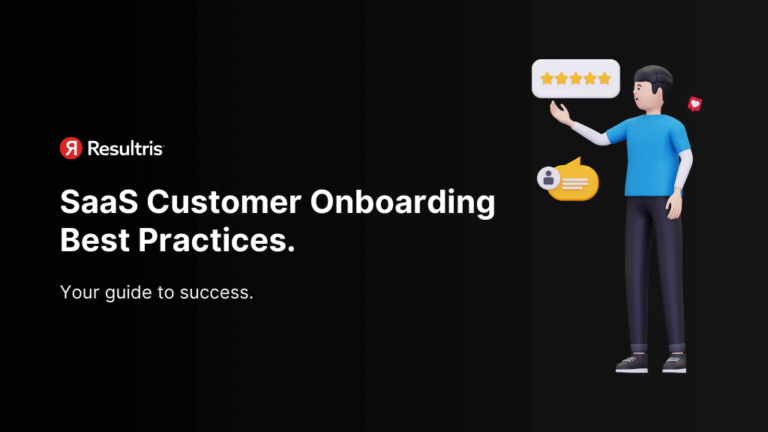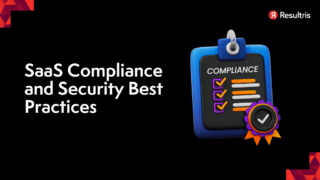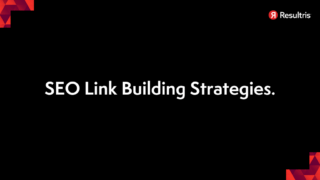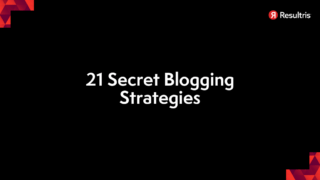

Welcome aboard! We’re about to dive deep into the world of SaaS customer onboarding. As a leading SaaS marketing agency, we’ve seen first-hand how crucial a well-planned onboarding process is for both customer satisfaction and business growth.
If you’re like us, then you understand that the success of your Software as a Service (SaaS) product doesn’t just hinge on its features or price point. It’s equally dependent on how seamlessly new users can adopt and get value from your solution. That’s where effective customer onboarding comes in.
From our vast experience as a SaaS marketing consultant, we’ve gathered some best practices to create an engaging and successful customer onboarding experience. These strategies don’t merely aim at teaching customers how to use your software, but rather focus upon showing them how it’ll solve their unique problems and enhance their workflow efficiency.
Let’s delve into the fascinating world of SaaS customer onboarding. This is a crucial process that we, as a leading B2B SaaS marketing agency, encounter with every client engagement.
Customer onboarding is one of those key areas that can’t be ignored when it comes to Software-as-a-Service (SaaS) solutions. It’s about introducing new users to your software and guiding them step-by-step until they’re comfortable enough to navigate it on their own. We’ve seen firsthand how an effective onboarding experience can significantly increase user adoption rates and reduce churn.
In fact, our experience as a SaaS marketing consultant has shown us that customers who are properly onboarded have a 33% higher chance of becoming engaged users. Furthermore, businesses with well-designed onboarding processes see up to 50% better retention rates than others.
Here are some critical elements for effective onboarding:
When it comes down to measuring the success of your SaaS customer onboarding process, there are several key metrics you should keep in mind:
As we’ve worked with various clients through our SaaS marketing agency, we’ve realized that these metrics aren’t just numbers. They provide profound insights into the health of your business and can guide you in refining your onboarding process.
Through diligent monitoring of these metrics, we can identify bottlenecks in the onboarding process and areas where users might be getting stuck. Addressing these issues promptly is crucial to maintaining user engagement and ultimately growing your SaaS business.
When it comes to onboarding for SaaS products, we understand that it’s no easy feat. It requires careful planning and execution to ensure a smooth transition for your customers from the point of purchase to becoming active users of your product. Let’s dive into some best practices.
First up, let’s talk about setting clear goals and expectations. As a SaaS marketing consultant, we can’t stress enough how important this step is in your onboarding process. Whether you’re working with a small business or an enterprise-level corporation, providing clarity from the get-go can make all the difference.
It starts with understanding what success looks like for your customer – what are their desired outcomes? Once you’ve got that down, communicate these goals clearly so there’s no ambiguity about what they should expect from using your product.
We’ve found that customers appreciate transparency – whether it’s about pricing structures or functionality features. It helps them feel more confident in their decision-making process and sets them up for a successful journey with your product.
Next up is creating personalized onboarding paths. The beauty of SaaS products lies in their flexibility – different businesses will use them differently based on their specific needs. This is where our experience as a SaaS marketing agency comes into play: crafting unique experiences tailored to each user type.
For instance, if you offer project management software, the way a project manager would use it might be different than how an executive would use it. By personalizing the onboarding path according to user roles or objectives, you’re making sure everyone gets maximum value out of your solution right off the bat.
Finally, selecting the right tools plays an integral role when planning your onboarding process – especially since there are so many options available today! From interactive walkthroughs to email campaigns and in-app messaging, there’s a tool for almost every onboarding need.
However, not all tools are created equal. You’ll need to carefully assess what fits best with your goals and budget. For example, if you want to create video tutorials or webinars as part of your onboarding process, you’ll need a reliable screen recording tool. Or if you’re looking to automate some parts of the process, an email automation tool might be more suitable.
In conclusion, planning your onboarding process is key to customer success and long-term retention. By setting clear expectations, creating personalized paths and using the right tools – you’re well on your way to providing a memorable experience for each user that comes aboard.
As we delve into the world of SaaS, understanding how to execute a successful onboarding strategy becomes vital. It’s not just about getting customers to sign up for your service; it’s also about ensuring they understand how to use it effectively and see value in it.
Communication is the backbone of any successful customer relationship. As a SaaS marketing agency, we’ve learned that proactive communication can drastically improve customer onboarding experiences. This could involve sending frequent email updates detailing new features or changes, or even scheduling regular check-in calls to address any issues or concerns. Consider using an automated CRM system to streamline this process and ensure no customer falls through the cracks.
Let’s face it – nobody likes reading lengthy user manuals. That’s why interactive training sessions are so effective in SaaS onboarding processes! They allow users to learn by doing, which often leads to better retention of information. We recommend offering webinars or online workshops where customers can follow along in real-time and ask questions as they arise. If you’re working with a larger team, consider hiring a dedicated SaaS marketing consultant who can tailor these sessions based on individual client needs.
The onboarding process doesn’t stop once users have attended their first training session. Ongoing support and resources are essential for helping customers feel confident in using your software long term. This might look like maintaining an accessible knowledge base filled with ‘how-to’ guides and FAQs, providing 24/7 technical support or setting up an online community where users can share tips and tricks with one another.
In all stages of your onboarding strategy remember that patience is key! Users will need time to get familiar with your software’s unique features and interfaces – rushing them through this process won’t do anyone any good.
When we’re talking about onboarding performance, it’s crucial to realize that monitoring and optimization are the keys to success. Let’s dive deeper into these aspects.
Keeping tabs on user progress and engagement is a pivotal part of our duties as a SaaS marketing consultant. We believe in the power of data, which means we’re always analyzing how users interact with our software during the onboarding process. We look at metrics like completion rates, time spent on specific tasks, and areas where users might be struggling.
For example, if we see that most new users are dropping off at a particular step in the process, we know there’s room for improvement. In such cases, it might mean simplifying instructions or providing more support resources. It’s all about making sure users can easily navigate through the system without any hiccups.
We also use tools to track active usage – Are they using key features? How often? This helps us understand whether our customers are getting real value from our product or if there are underused features that need some extra promotion.
Feedback is vital for us as a SaaS marketing agency; it fuels continuous improvement in our processes. We make sure to solicit feedback from newly onboarded customers because their experiences can provide valuable insight into what’s working well and where changes may be needed.
But how do we gather this feedback? Well, we use several methods:
By carefully considering this feedback along with engagement data collected earlier (remember tracking user progress?), we’re able to identify trends and patterns. This data-driven approach lets us refine our strategies and deliver a more satisfying onboarding experience to every customer.
To sum it up, monitoring user progress and engagement coupled with gathering feedback are instrumental in optimizing the onboarding performance. They allow us to understand our customers better, spot potential problems early, and continuously improve the onboarding process. After all, that’s what being in SaaS is all about – continual learning and improvement.
We’ve delved deep into the realm of SaaS customer onboarding, and we hope our insights have proven beneficial. It’s clear that customer onboarding isn’t just a one-off event but an ongoing process that requires constant attention and refinement.
Our journey as a leading SaaS marketing consultant has taught us the importance of creating an engaging, intuitive, and streamlined customer onboarding experience. We understand first-hand how it can significantly impact your product adoption rates, reduce churn, and increase overall customer satisfaction.
To highlight the main takeaways:
In essence, effective customer onboarding is about understanding your customers’ needs and delivering value at every step. As a reputable SaaS digital marketing agency, we know this is crucial to building strong relationships with customers and propelling business growth.
Keep in mind these practices are not set in stone; they’re flexible strategies that should be adapted based on your unique business model and target audience. So don’t hesitate to experiment until you find what works best for your SaaS platform.
Remember: Your customers’ success is ultimately your own success!




